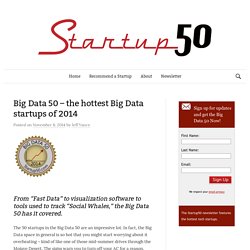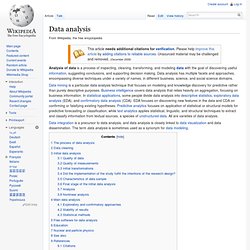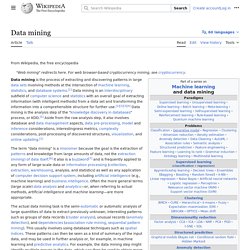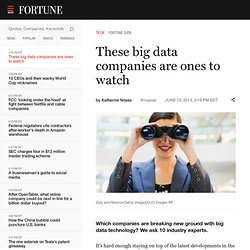

IBM Acquires Tealeaf To Add Customer Buying Analytics To Smarter Commerce Products. Another week, another IBM acquisition.

Big Blue has announced the purchase of Tealeaf Technology, which provides customer experience analytics software that helps organizations access information about consumer web experiences. Financial details were not disclosed. Basically, Tealeaf’s software captures and records what each customer is doing and seeing in real-time on every page and across all site visits, down to the page-by-page, browser-level experience. By capturing every single customer’s visit, as well as the reaction of the site in response to the customer’s requests, Tealeaf captures both the quantitative and qualitative details of every single interaction. This data is then used towards optimizing the customer experience.
For example, Tealeaf can identify what campaigns or interactions triggered a customer session to end prematurely and result in a non-conversion. IBM says the acquisition is part of enhancing its smarter commerce initiative. Big Data 50 – the hottest Big Data startups of 2014 - Startup 50. From “Fast Data” to visualization software to tools used to track “Social Whales,” the Big Data 50 has it covered.

The 50 startups in the Big Data 50 are an impressive lot. In fact, the Big Data space in general is so hot that you might start worrying about it overheating – kind of like one of those mid-summer drives through the Mojave Desert. The signs warn you to turn off your AC for a reason. Personally, I think we’re a long way away from any sort of Big Data bubble. Our economy is so used to trusting decision makers who “trust their gut” that we have much to learn before the typical business is even ready for data Kindergarten. In fact, after a few decades following the “voodoo” of supply side economics, which fetishized the mysterious and elusive “rational consumer,” the strides we’re making towards being a more evidence-based economy still have us pretty much just playing catch up.
These 50 Big Data startups are working to change that. Predictive analytics. Predictive analytics encompasses a variety of statistical techniques from modeling, machine learning, and data mining that analyze current and historical facts to make predictions about future, or otherwise unknown, events.[1][2] In business, predictive models exploit patterns found in historical and transactional data to identify risks and opportunities.

Models capture relationships among many factors to allow assessment of risk or potential associated with a particular set of conditions, guiding decision making for candidate transactions.[3] Predictive analytics is used in actuarial science,[4] marketing,[5] financial services,[6] insurance, telecommunications,[7] retail,[8] travel,[9] healthcare,[10] pharmaceuticals[11] and other fields. One of the most well known applications is credit scoring,[1] which is used throughout financial services. Definition[edit] Types[edit] Data analysis. Analysis of data is a process of inspecting, cleaning, transforming, and modeling data with the goal of discovering useful information, suggesting conclusions, and supporting decision making.

Data analysis has multiple facets and approaches, encompassing diverse techniques under a variety of names, in different business, science, and social science domains. Data mining is a particular data analysis technique that focuses on modeling and knowledge discovery for predictive rather than purely descriptive purposes. Business intelligence covers data analysis that relies heavily on aggregation, focusing on business information. Data mining.
Data mining is the process of discovering patterns in large data sets involving methods at the intersection of machine learning, statistics, and database systems.[1] Data mining is an interdisciplinary subfield of computer science and statistics with an overall goal to extract information (with intelligent methods) from a data set and transform the information into a comprehensible structure for further use.[1][2][3][4] Data mining is the analysis step of the "knowledge discovery in databases" process or KDD.[5] Aside from the raw analysis step, it also involves database and data management aspects, data pre-processing, model and inference considerations, interestingness metrics, complexity considerations, post-processing of discovered structures, visualization, and online updating.[1] Etymology[edit]

Wp-big-data-analytics-turning-insight-into-action.pdf. Predictivemodelingwhitepaper.pdf. These big data companies are ones to watch. Which companies are breaking new ground with big data technology?

We ask 10 industry experts. It’s hard enough staying on top of the latest developments in the technology industry. That’s doubly true in the fast-growing area known as big data, with new companies, products and services popping up practically every day. There are scores of promising big data companies, but Fortune sought to cut through the noise and reached out to a number of luminaries in the field to ask which big data companies they believe have the biggest potential. Which players are really the ones to watch? That question, we learned, is rather difficult to answer. Top Business Intelligence Companies - Big-data-meets-big-data-analytics-105777.pdf. Bigdataanalyticswpoaa-1930891.pdf. Www.cra.org/ccc/files/docs/init/bigdatawhitepaper.pdf.